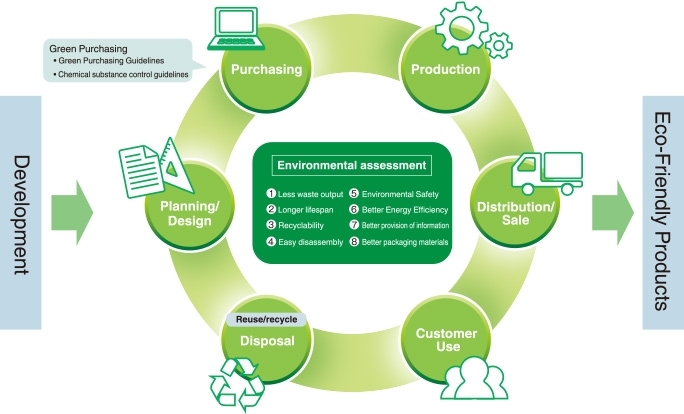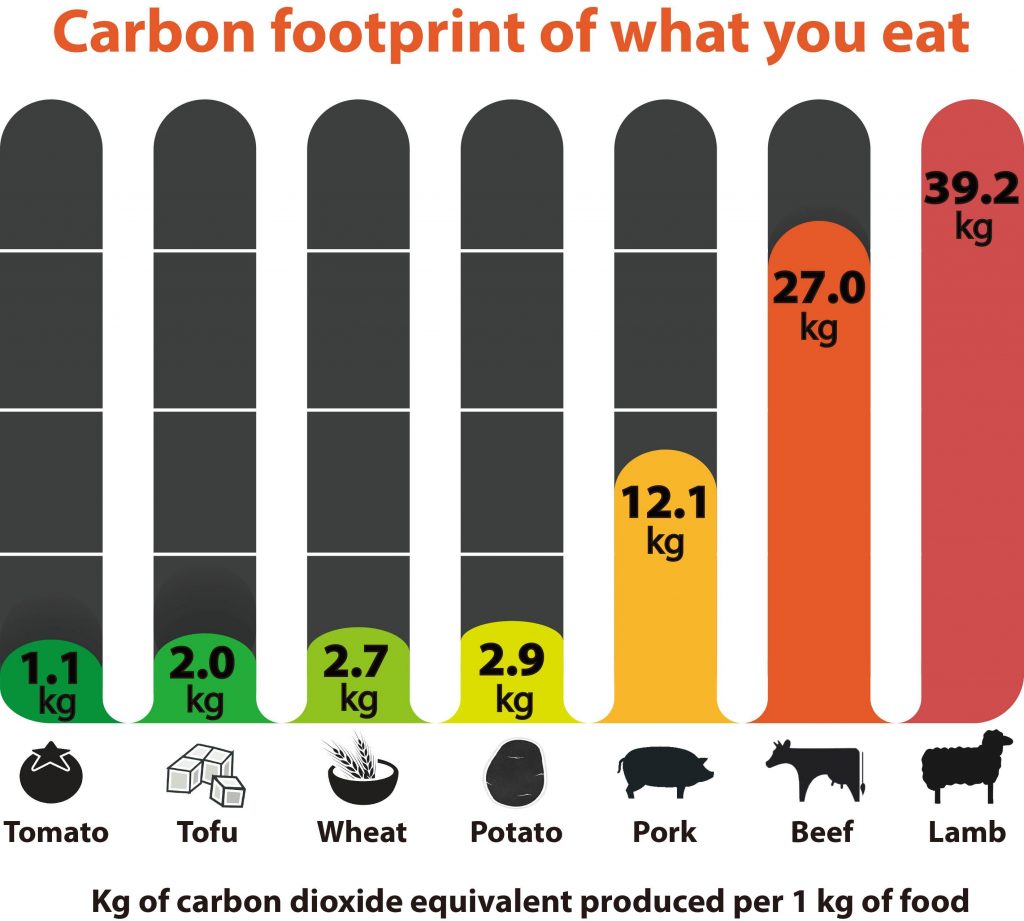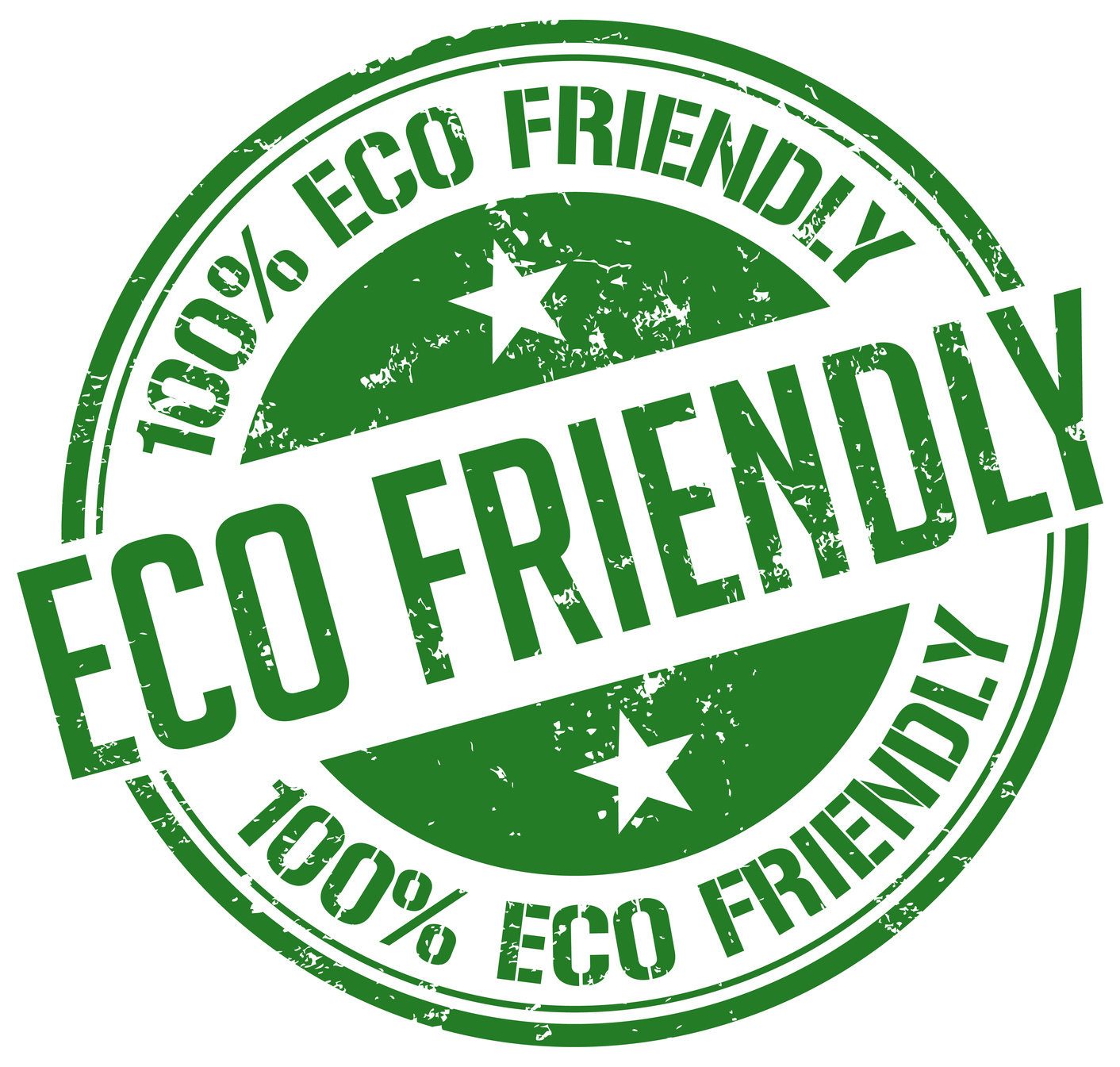We all now know that we need to change our ways in order to protect our planet and ensure that our children and grandchildren can enjoy a good quality of life. The best way to do this is use less, throw less away and try to minimise our energy use.
When we do buy something we should try to make sensible choices about what it is, how it is processed and how it is transported and packaged. This sounds complicated and time-consuming. How on earth can we find out all this information about the products we buy and can we trust what we ready anyway?

In general, few manufacturers can be trusted to be honest with the consumer and governments are a long way from implementing a reliable labelling scheme to help us consumers make good decisions. However, there are some simple ways that you can make better purchasing decisions without you having to devote all your spare time to research. Focus on things you buy a lot of over the year or spend large amounts on.
Food
There are a few very simple things you can do to make a huge difference in this area. DO NOT THROW FOOD AWAY. We throw away 33% of all the food we produce which is simply unacceptable in a world with huge environmental issues and vast numbers of starving people. Food takes a huge amount of energy, transportation and chemicals to grow and get to your home and it has a huge carbon footprint. So wasting any food is environmentally catastrophic.

Luckily there are some simple rules to help you reduce food waste;
- Don’t overbuy during your weekly shop or when you buy a takeaway or visit a restaurant.
- Eat less meat and dairy. Red meat, chicken, fish, eggs, cheese – it all uses huge amounts of land, water and releases carbon. Animal flesh concentrates toxic chemicals, contains hormones and antibiotics which known to be unsafe to humans. Try to reduce the number of portions you eat each week gradually while you find alternatives that you enjoy eating.

- Don’t put too much food on the plate or table. Get used to putting excess straight in the fridge or freezer.
- Each week review your fridge and freezer and identify things that need eating up. Slightly old or dry looking veg works well in a soup, stew or curry.
- Best before and use by dates are designed to make you throw away perfectly good food and buy more. If it is off it will smell bad and be mouldy – if your food smells fine and does not have mould then eat it.
- Ready meals usually come with lots of packaging. Try to reduce the amount you buy by learning a few easy recipes for dishes that can be made in bulk and frozen in portion sized homemade ready meals.
Again small changes each week are much easier to make and sustain. There are some great free resources online to help you reduce your food waste – the Guardian has a great ‘Waste not’ section which is work a read.
Building Materials
Building materials are major carbon contributors. Aluminium and concrete are terrible for the environment because their carbon footprint is so high and the extraction of their raw material so damaging. This is balanced with the fact they are very long lasting.

You can, however, choose materials that are long-lasting, carbon neutral and non-toxic. The best and environmentally sound building material is wood. Because wood actually absorbs carbon from the air and stores it away its carbon footprint is excellent. It is easy to find a reputable supplier that used FSC certified timber. Chose a timber that is treated in a non toxic process to increase the life of the wood you use.
The building trade does have a good range of certifications that are scientifically based, independently assessed and reliable. This helps you make good choices. Materials that are serious about their environmental standing will have obtained certification from one of the major organisations like C2C (cradle to cradle) BREEAM (mainly used in Europe) and LEED (originating from USA, applied worldwide).
Packaging
Bulky, processed and plastic packaging is very bad. It takes energy to manufacture and transport and disposing of it in an environmentally friendly way is difficult. Plastics take tens to hundreds of years to degrade and are causing havoc in our marine ecosystems.
It is very easy to use your buying power to reduce your consumption of packaging and give manufacturers an incentive to develop and use better alternatives. So what can you do;
- Plastic bags are so last decade! You shouldn’t be using them. Get in the habit of keeping a bag for life or two in the bottom of your bag and car so they are always handy.
- If you have plastic at home don’t bin it use it. Just throwing plastic away creates a huge waste problem so any plastic we have we should squeeze every last possible bit of life out of. If you have a stack of plastic bags at home use them repeatedly until they shred. Plastic containers from food and vegetables can all be washed and reused multiple times as can jars.
- Stop buying anything that has a crazy amount of packaging. Switch to brands that provide refills or use biodegradable and recycled packaging. Buy your meat and vegetables from shops that use paper and wax wrappings or allow you to bring your own containers.
Do what you can but don’t try to do too much. Sometimes buying plastic packaging is unavoidable. It is better to make small changes for the better each week than attempt to do too much and fail miserably.
Chemicals – Stick to Vinegar and Bicarb
Everything is a chemical or a mix of chemicals however when we talk about chemicals we usually mean abrasive or toxic substances that can cause harm to us or our environment.
These chemicals cause harm to the environment the whole way through their life cycle – from the extraction of the raw material, processing, to being transported and packaged in heavy-duty plastics. When we flush or wash them down our drains we are releasing them into the eco system where they have a range of detrimental effects.
All those heavily branded and marketed ‘special cleaners’ which are expensive and come in lots of plastic bottles are in many cases a con. They are simply products like bicarbonate of soda, bleach and vinegar processed to remove the smells and give them a thicker consistency. The processing is bad for the environment and they are often a weaker cleaner than the original less processed version. You can do an excellent clean of virtually everything in your home with vinegar and bicarbonate of soda which you can buy very cheaply in bulk in recyclable packaging. A bit of bleach and boiling water will do the job for kitchen worktops and loos.
Kettle descalers are expensive but all you have to do is put 100ml of vinegar with some water in your kettle, boil, leave for a minute and then run a brush around your kettle. Your kettle will look brand new. Then use the water in the kettle to descale your taps, showers and sinks. Stick a mug of vinegar in your dishwasher during a cycle and your dishwasher will be cleaned and descaled.
Bicarbonate of soda will deodorise carpets, rugs and bedding. Just sprinkle some on, leave for 5 minutes and then vacuum it up. This will also deodorise your vacuum. You can use bicarb and a bit of water to create a very effective cleaner for greasy, soapy or dried-on dirt. Bicarb is also the best thing to use to clean sinks.
Again the golden rule is don’t waste anything. Use all those toiletries that you have bought and been given before you buy more. Don’t use lots more soap and shampoo than you need and stop buying liquid soaps as hard bars are much more economical and use less packaging.
Clothes
Stop buying all those cheap nasty high fashion clothes that you never wear anyway. Oh so it isn’t a waste because you dump them at a charity shops door I hear you cry! What on earth is Oxfam going to do with a bright green boob tube or a sequinned mini skirt – not exactly winter wear for the homeless is it!
Celebs, magazines and clothes shops have us all believing we need to treat ourselves to each seasons ‘key pieces’ and is somehow an essential part of women’s empowerment. Of course this is not true, it’s just another marketing ploy to separate you from your money.
Buy less, wear what you have, and only buy what you need.
